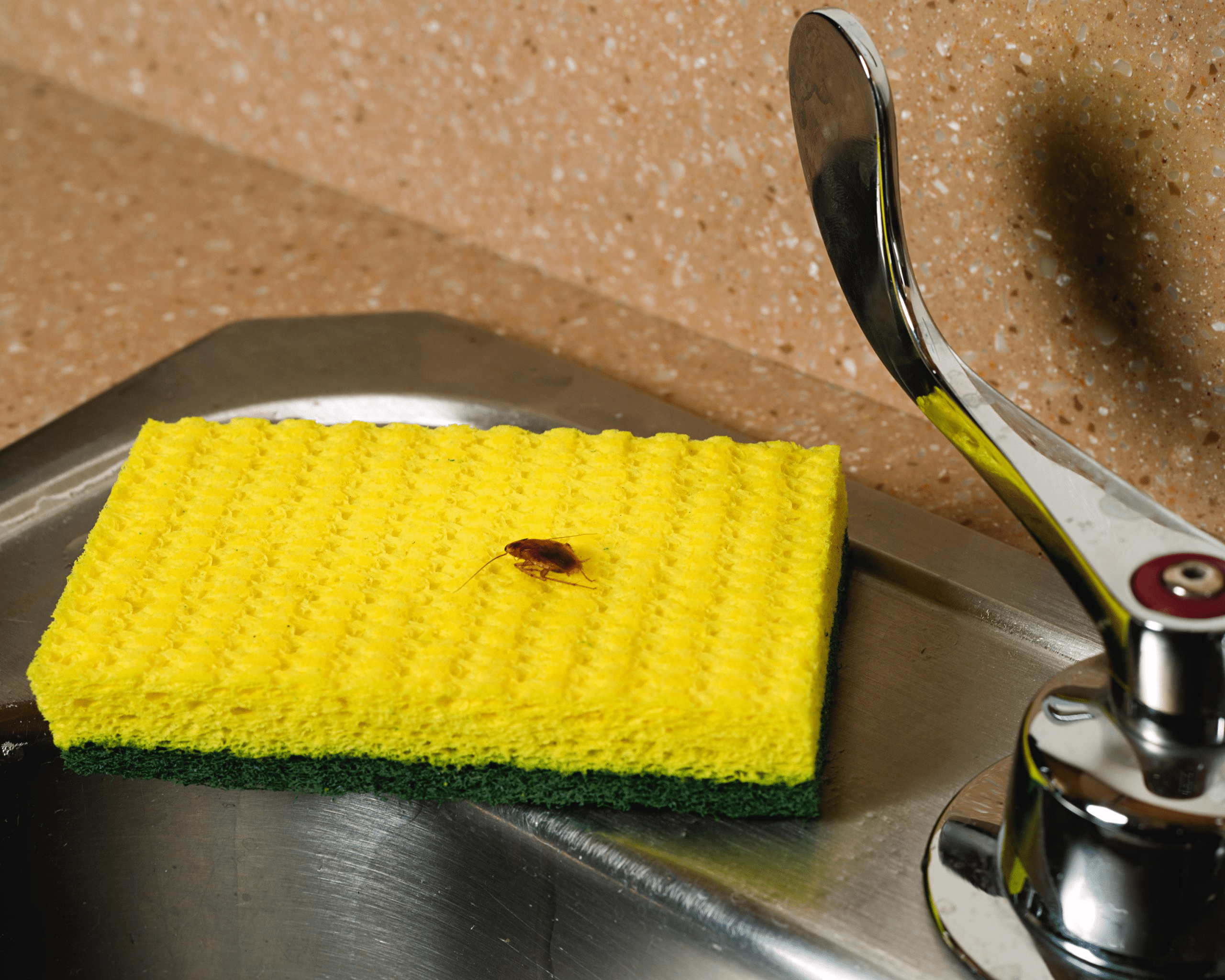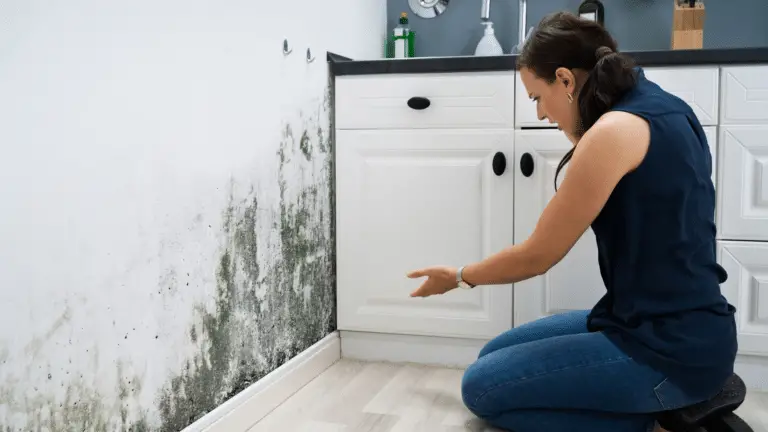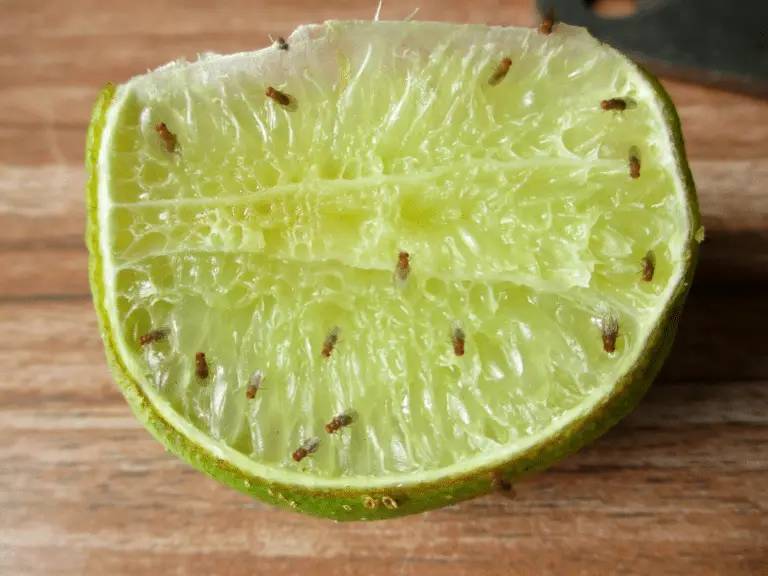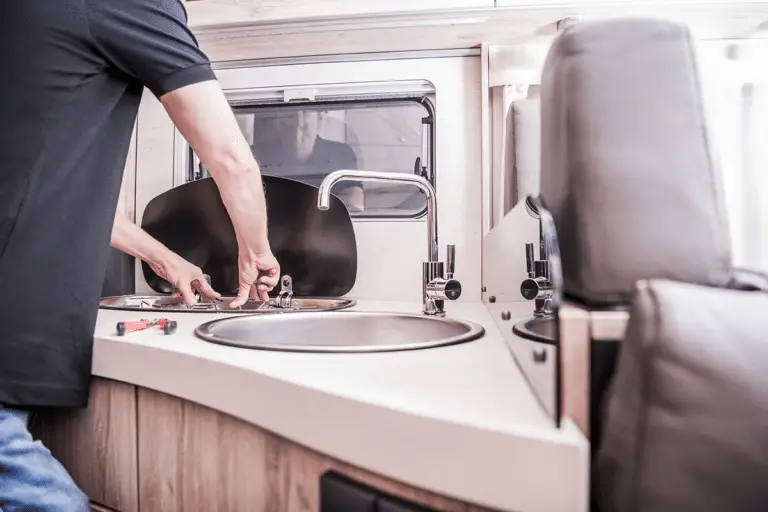Ever been baffled by the sudden appearance of bugs in your kitchen sink? From food scraps to plumbing problems, various factors contribute to these unwelcome guests. Understanding the root causes and consequences of bug infestations is crucial in maintaining a clean and healthy home.
In this blog post, we’ll explore the hidden reasons behind bug infestations in kitchen sinks and provide practical solutions to keep your space bug-free. Let’s dive in and uncover the secrets to a pest-free kitchen!
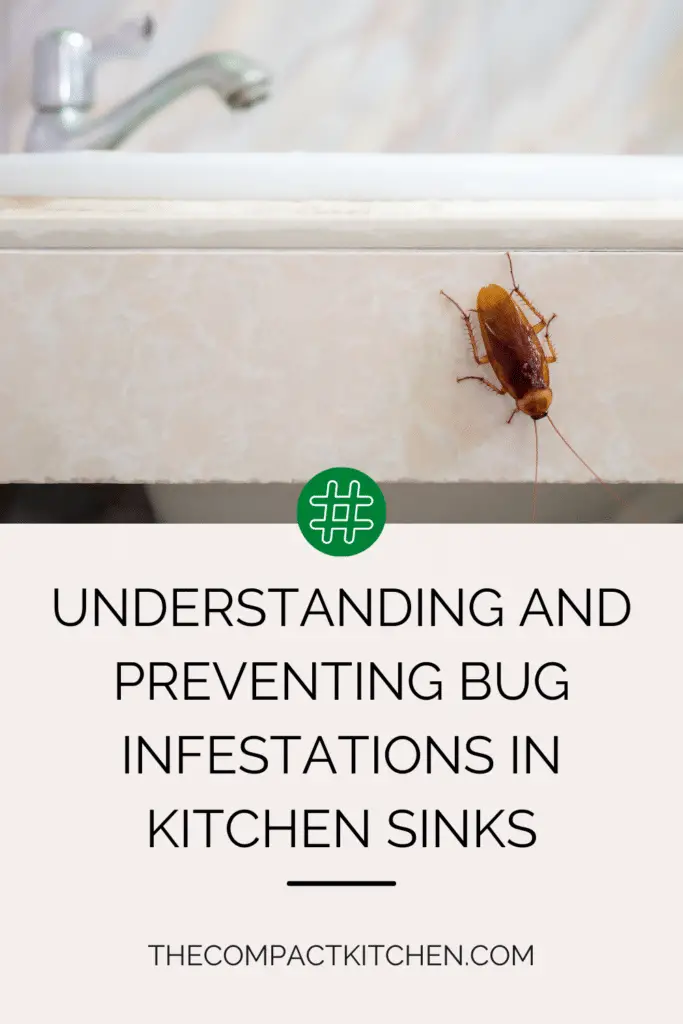
Understanding the Existence of Bugs in Your Kitchen Sink
When it comes to bug infestations in kitchen sinks, it’s essential to understand the types of bugs that are commonly found in this area. From drain flies to cockroaches, these pests can often be seen lurking around your sink, especially if there are food scraps or standing water present. While seeing a bug here and there may not seem like a big deal, it’s crucial to recognize the early signs of infestation to prevent a more significant problem from developing.
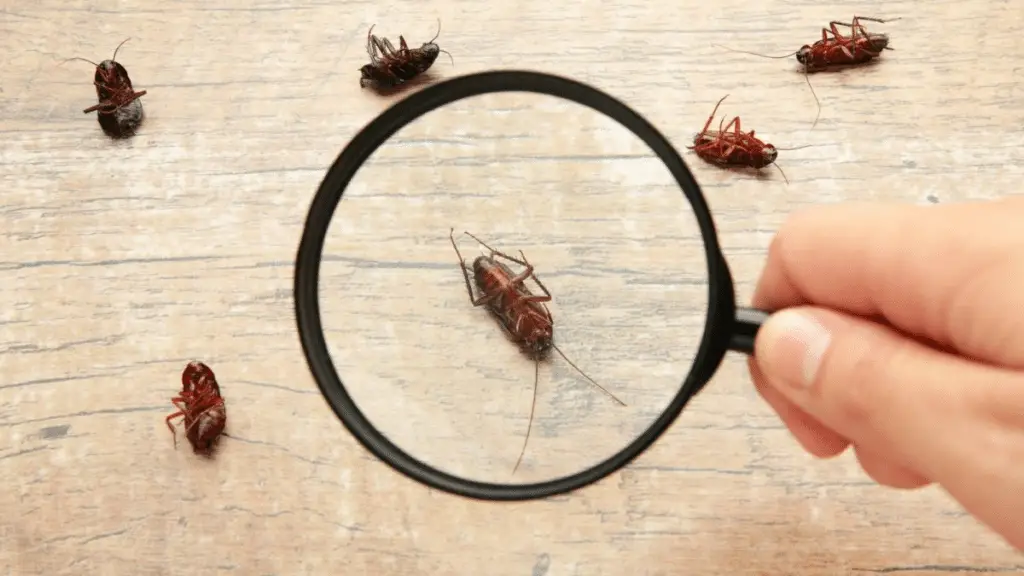
Early detection is key in dealing with bug infestations in kitchen sinks. By taking action as soon as you notice an increase in bug sightings or activity, you can avoid potential damages to your plumbing system and the health risks associated with these pests.
An explanation of common bugs often found in kitchen sinks and how frequent their sightings can be
Common bugs found in kitchen sinks include drain flies, fruit flies, cockroaches, and ants. These pests are often attracted to the moist environment and food debris that accumulate in sinks. Their sightings can vary in frequency, depending on the cleanliness of the sink and surrounding areas.
The importance of recognizing early signs of bug infestation to prevent major damages
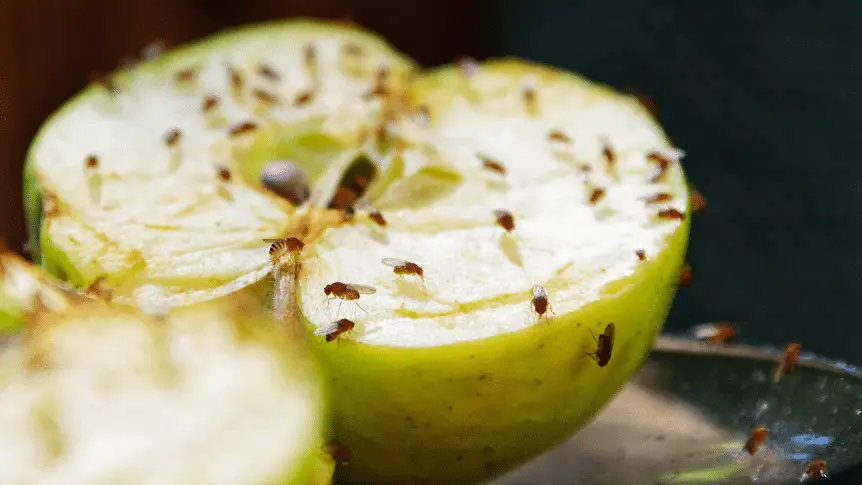
Recognizing early signs of bug infestation, such as increased sightings, feces, or eggs, can help you address the issue promptly. By taking preventive measures and seeking professional help if needed, you can prevent major damages to your plumbing system and ensure a hygienic kitchen environment.
Top Factors Leading to Bug Infestations in Kitchen Sinks
So, you’ve noticed some unwelcome guests making themselves at home in your kitchen sink. Bugs in the sink can be quite a nuisance, but understanding what attracts them can help you tackle the issue head-on. Let’s dive into the top factors that lead to bug infestations in kitchen sinks.
Food Scraps and Spillages

One of the main attractions for bugs in your kitchen sink is the abundance of food scraps and spillages that often find their way down the drain. Leftover food particles can provide a feast for insects like fruit flies, cockroaches, and ants, drawing them to your sink in search of a meal. To combat this, be diligent about cleaning up crumbs and residue after preparing meals, and ensure that food scraps are disposed of properly to reduce the chances of bug infestations.
Dampness and Moisture
Bugs are also attracted to areas that are damp and moist, making your kitchen sink an ideal breeding ground for various pests. Standing water, leaky faucets, and wet sponges can create a hospitable environment for bugs to thrive. Regularly check for any leaks or pooling water around your sink, and promptly fix any plumbing issues to eliminate sources of moisture that may be attracting bugs.
Unsealed Cracks and Gaps
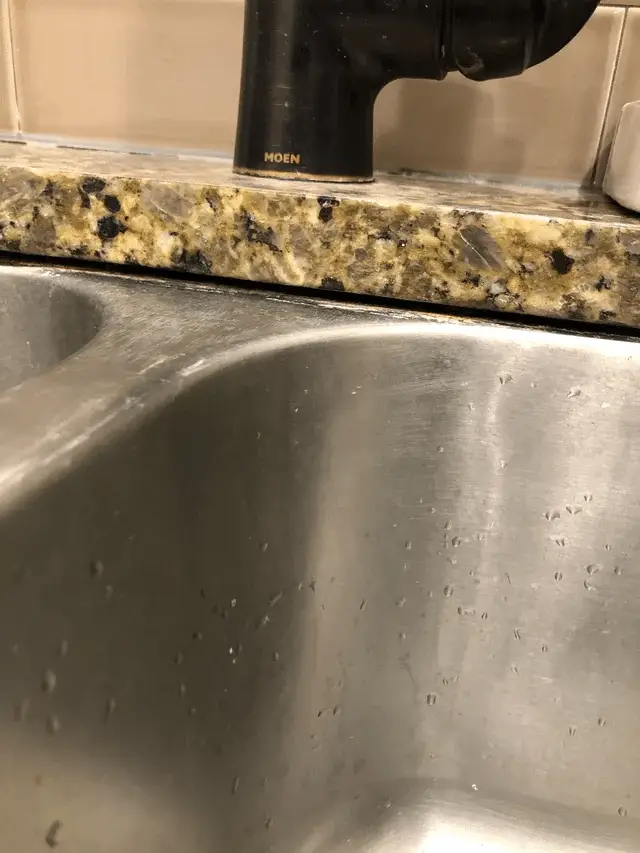
Another factor that can contribute to bug infestations in kitchen sinks is the presence of unsealed cracks or gaps around the sink area. These tiny openings can serve as entry points for bugs seeking shelter or food, allowing them easy access to your sink and countertops. Take the time to inspect and seal any gaps or cracks in your kitchen to prevent bugs from sneaking in and causing trouble.
By addressing these key factors that lead to bug infestations in kitchen sinks, you can take proactive steps to keep unwanted pests at bay. Remember, a clean and dry sink, along with a well-sealed kitchen, is the first line of defense against bug infestations. Stay vigilant, and don’t let those pesky bugs take over your kitchen!
Hidden Causes: Plumbing Problems and Bug Infestations
When it comes to dealing with bug infestations in kitchen sinks, there are often hidden causes at play that contribute to the problem. While food scraps and spillages can certainly attract pests, plumbing issues can create an ideal environment for bugs to thrive.
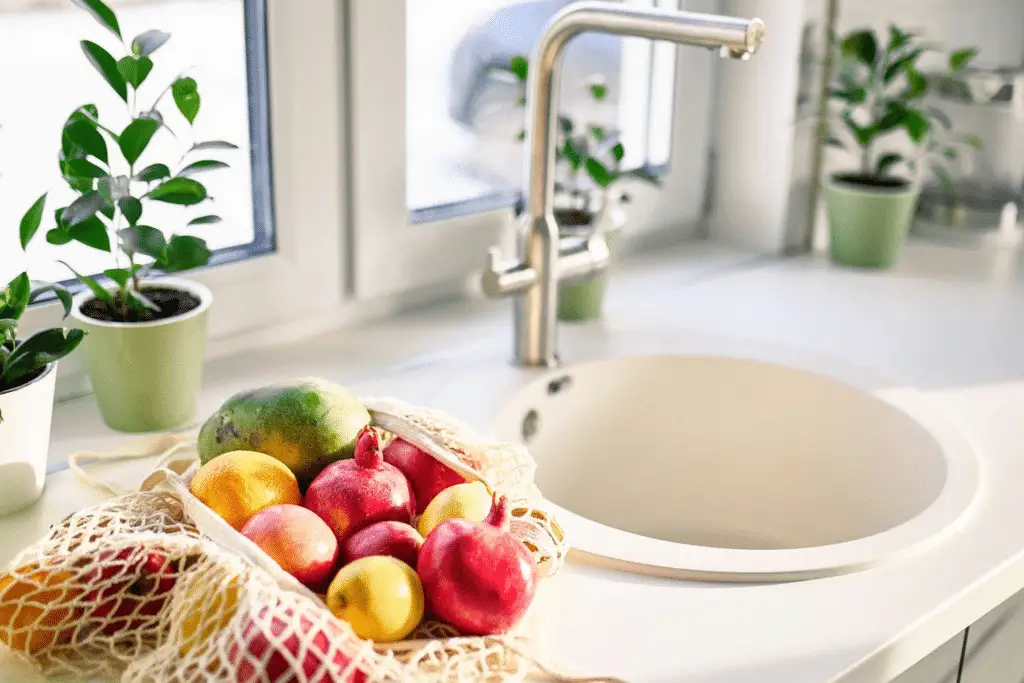
One of the key factors that can lead to bug infestations in kitchen sinks is the presence of broken pipes or leaks. These plumbing problems not only create areas of dampness that bugs are drawn to but also provide them with easy access to your home. Bugs can enter through even the smallest cracks or openings, so it’s essential to ensure your plumbing is in top condition to prevent infestations.
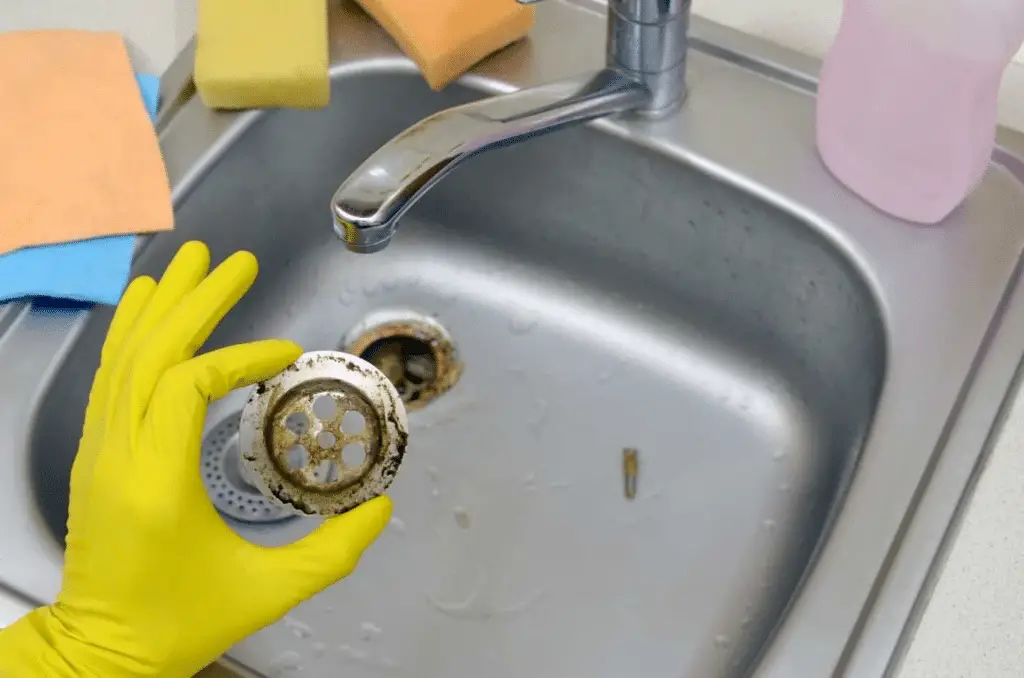
Additionally, undetected mold growth in your plumbing system can also contribute to bug infestations. Mold provides bugs with a food source and a humid environment to live in, making your kitchen sink an attractive place for pests to gather. By addressing any plumbing issues promptly and keeping an eye out for mold growth, you can significantly reduce the risk of bug infestations in your kitchen sink.
Consequences of Bug Infestations in Kitchen Sinks
When it comes to bug infestations in kitchen sinks, the consequences can be more than just a nuisance. Let’s delve into the potential harm and inconveniences caused by these unwelcome guests.
Health Hazards
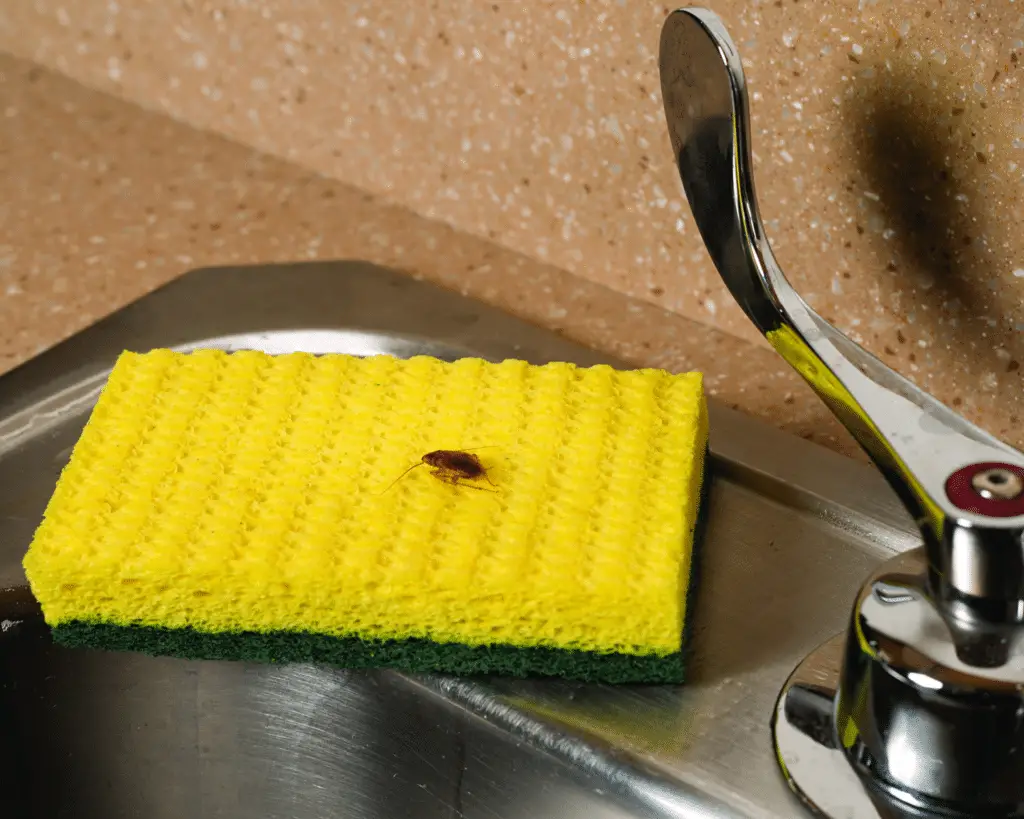
One of the most significant concerns when dealing with bug infestations in kitchen sinks is the health hazards they pose. Bugs like cockroaches, flies, and ants can contaminate your food, utensils, and cooking surfaces with harmful bacteria and pathogens. This can lead to foodborne illnesses and other health issues if ingested. Additionally, some bugs can trigger allergies or asthma symptoms in sensitive individuals, making it essential to eliminate them promptly.
Damage to Property
Beyond the health risks, bug infestations in kitchen sinks can also cause damage to your property. For example, drain flies can breed and multiply in the moist environment of clogged drains, leading to blockages and potential pipe damage. Cockroaches may chew through food packaging, insulation, and even electrical wiring, causing structural issues and potential fire hazards. It’s crucial to address bug infestations promptly to prevent these damages from escalating.
Prompt Action is Key
Given the potential harm and inconveniences associated with bug infestations in kitchen sinks, it’s essential to take prompt action to address the issue. Ignoring or neglecting the problem can result in a worsening of circumstances, making it more challenging and costly to eradicate the pests and repair any damages. By recognizing the signs of bug infestations early on and taking proactive measures to eliminate them, you can safeguard your health and property from potential risks.
Preventive Measures and Solutions to Bug Infestations in Sinks
Dealing with bug infestations in your kitchen sink can be a frustrating and unsanitary problem. However, there are steps you can take to prevent these pests from taking over your space and to effectively manage any existing infestations. Here are some key preventive measures and solutions to consider:
Regular Cleaning Routine
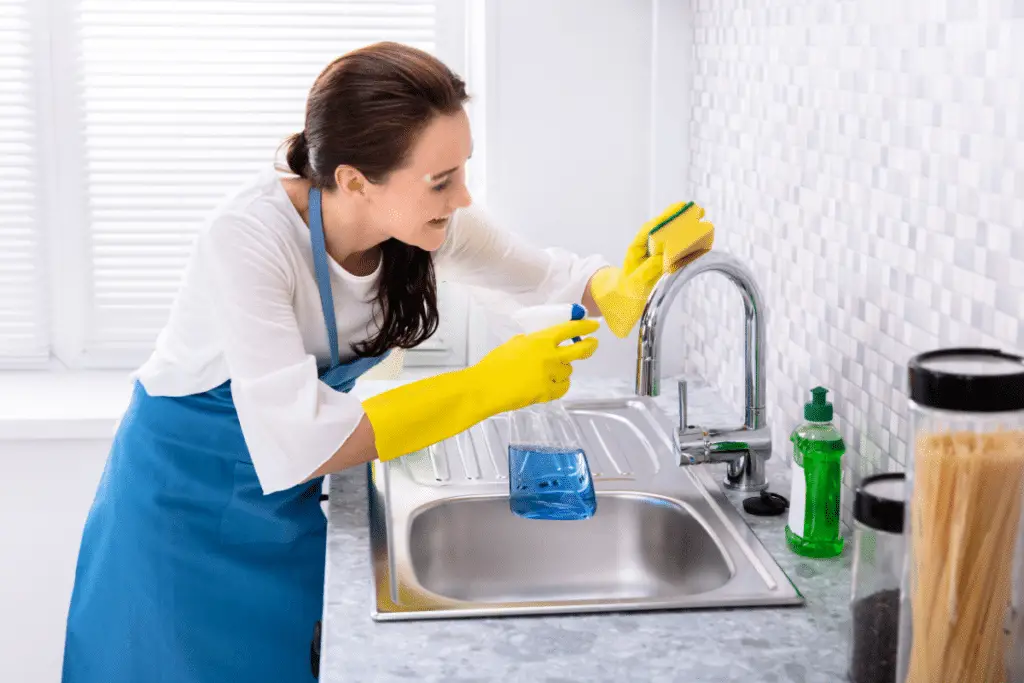
One of the most effective ways to prevent bug infestations in your kitchen sink is to maintain a regular cleaning routine. Make sure to clean your sink thoroughly after each use, removing any food scraps or residues that may attract bugs. Additionally, wiping down the sink and surrounding areas with a disinfectant can help eliminate any traces of food that bugs may be drawn to.
Proper Food Disposal
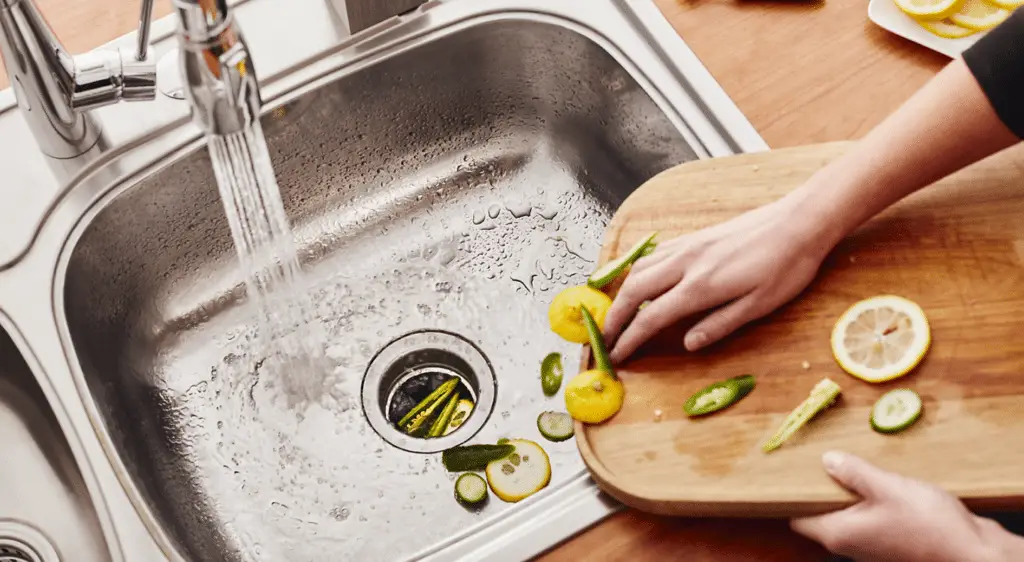
Properly disposing of food waste is essential in preventing bug infestations in your kitchen sink. Avoid letting food scraps accumulate in the sink or down the drain, as this can serve as a food source for pests. Use a sink strainer to catch any food particles and dispose of them in the trash instead of letting them linger in the sink.
Home Remedies and DIY Solutions
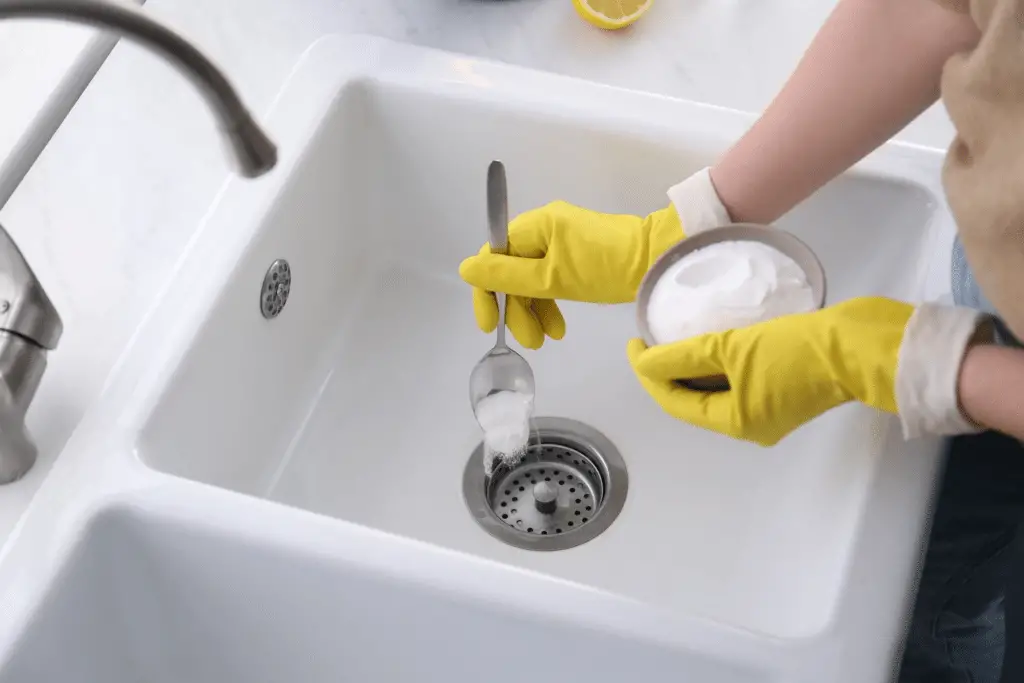
If you are dealing with a minor bug infestation in your kitchen sink, you may want to consider using home remedies or DIY solutions to manage the problem. For example, pouring a mixture of baking soda and vinegar down the drain can help clear out debris and eliminate odors that attract bugs. Additionally, placing citrus peels or mint leaves in the sink can act as natural repellents for certain types of pests.
Professional Pest Control Services
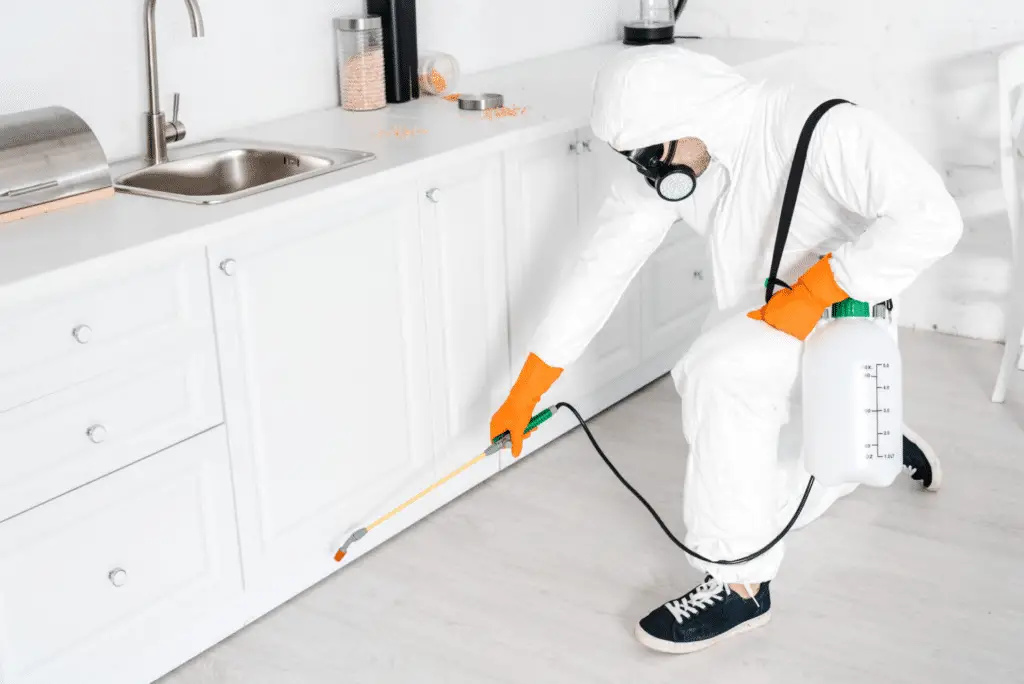
If your bug infestation is severe or persistent, it may be necessary to seek help from professional pest control services. Pest control experts have the knowledge and resources to identify the root cause of the infestation and implement targeted solutions to eliminate the problem. They may use insecticides, traps, or other treatments to effectively eradicate pests from your kitchen sink and prevent them from returning.
By implementing these preventive measures and solutions, you can effectively manage and eradicate bug infestations in your kitchen sink. Remember to stay vigilant and address any signs of infestation promptly to prevent the issue from escalating. With the right approach, you can maintain a clean and pest-free kitchen environment for you and your family to enjoy.
Wrapping Up the Bug Battle
From understanding the presence of bugs to recognizing hidden plumbing issues, we’ve delved into the causes and consequences of bug infestations in kitchen sinks. Remember, early detection and preventive measures are key to keeping pesky bugs at bay.
So, keep those sinks clean, seal off entry points, and don’t hesitate to seek professional help if needed. Stay vigilant, stay proactive, and say goodbye to unwanted kitchen guests!

